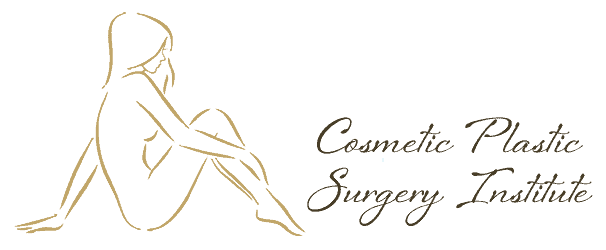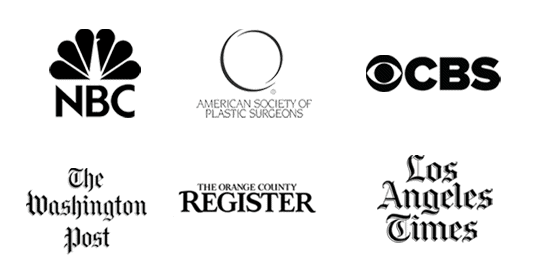




Download Our Surgical Team’s free Liposuction eBook
Patients who had prior rhinoplasty are constantly referred to Our Surgical Team for various reasons. The skill and knowledge required for revision rhinoplasty are more advanced so only a nose expert should be trusted with such a procedure.
Revision rhinoplasty procedures fix several issues including nasal dorsum contour irregularities, poor nasal tip shape or malpositioning and compromise of nasal structural support infrastructure that leads to difficulty breathing.
Nasal dorsum irregularities result from bony irregularities of the upper third of the nose or poor support on the upper lateral cartilages. This results in a deformity that resembles an upside-down V.
This contour irregularity is routinely fixed in a revision rhinoplasty through reinforcement of the upper lateral cartilage to the dorsal septum.
The suboptimal tip shape is characterized as an amorphous top. The nasal tip shape is corrected in rhinoplasty revision by revising the cartilage stitches and introducing only cartilage grafts and a temporalis fascia to give the nose a natural look.
Revision rhinoplasty enhances a patient’s ability to breathe by addressing the constriction of their internal nares due to poorly supported upper lateral cartilage and dorsal septum junction. Correction of nasal constriction is accomplished with the placement of spreader grafts.
The concavity of the middle third nasal sidewall due to weak upper cartilage canopy also results in difficulty breathing in botched rhinoplasty patients. In your revision rhinoplasty with Our Surgical Team, he can correct this with the placement of alar batten grafts which are placed in the nasal sidewall and stent up the soft tissue of the middle nose.
If you have had a rhinoplasty and are presented with any of the above issues or otherwise, schedule a free consultation with Our Surgical Team to see what he can do for you!
Please appreciate this 42-year-old female 3 months following secondary rhinoplasty to correct the malposition of the nose implant.


